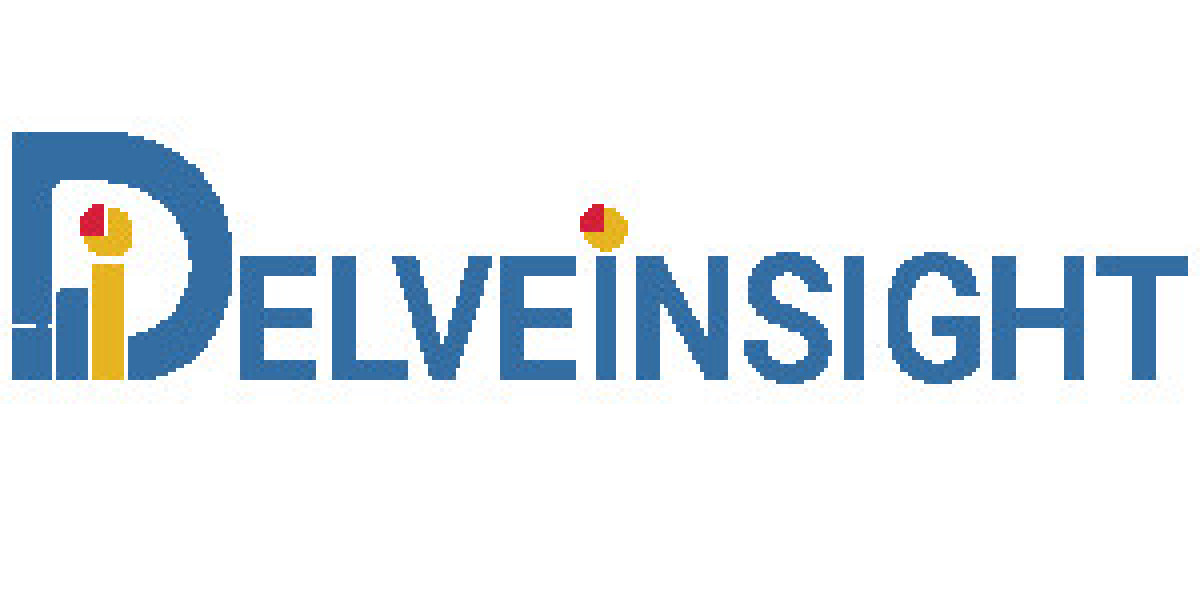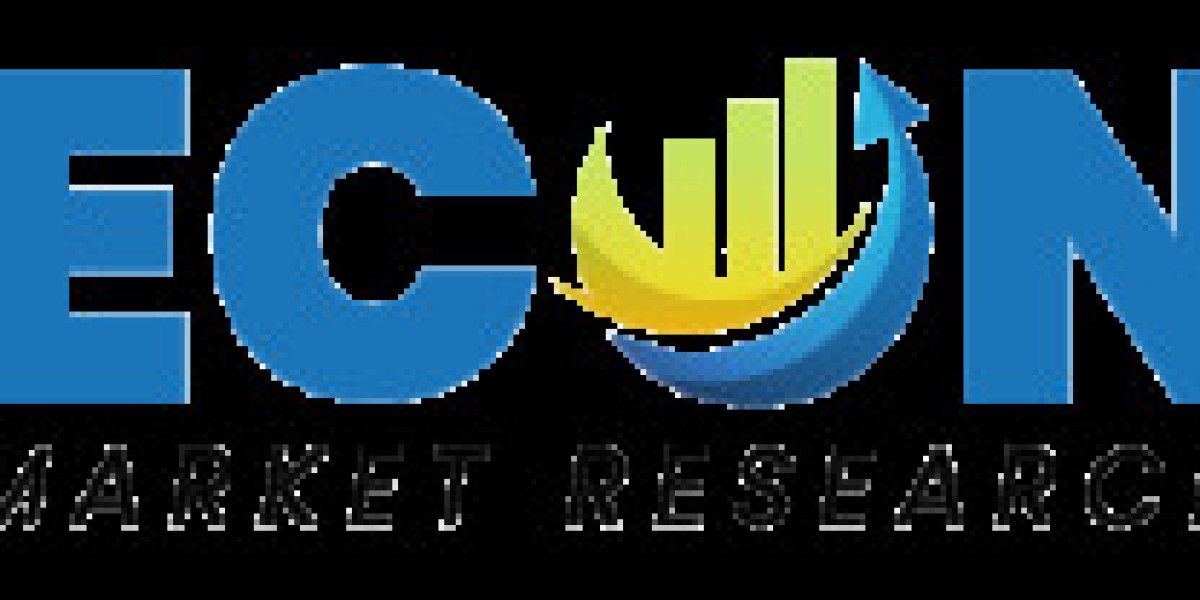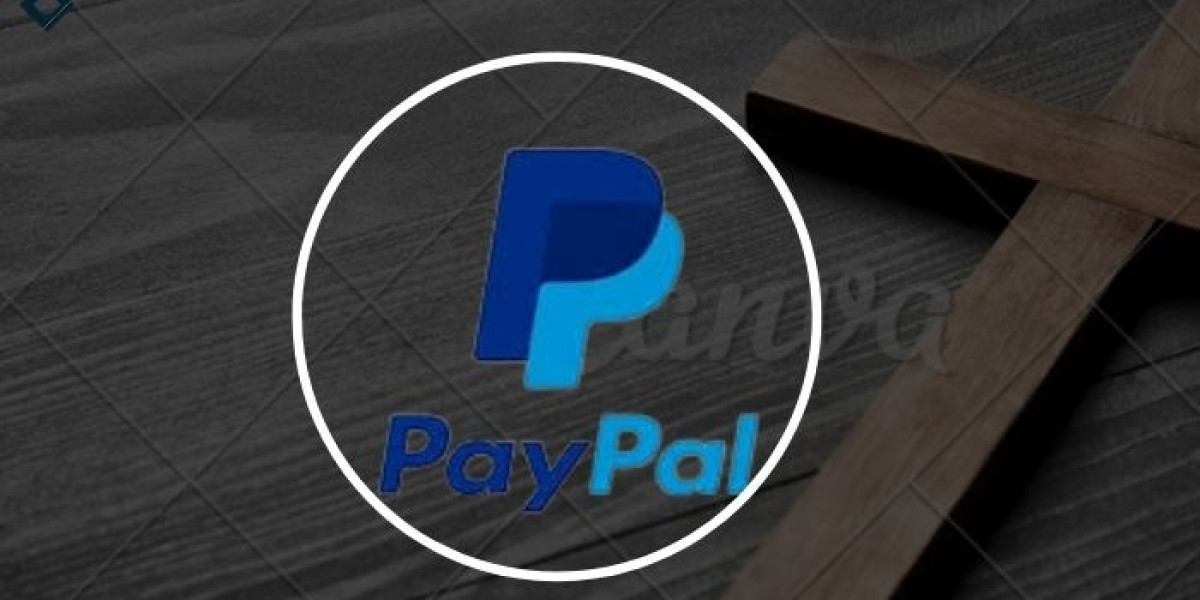Myopia progression refers to the worsening of nearsightedness over time, which can lead to severe ocular health issues, including glaucoma, cataract, and retinal detachment, if not properly managed. DelveInsight's reports have highlighted the urgent need for effective management strategies that not only correct refractive error but also slow down or stop the progression of myopia. This growing need has catalyzed the development of a robust myopia progression market.
Market Dynamics
According to DelveInsight, the myopia progression market is driven by several factors:
- Increasing Prevalence of Myopia: The global rise in myopia cases, particularly in Asia, where prevalence rates have reached as high as 80-90% in adolescents, is a primary driver.
- Advancements in Myopia Research: Greater understanding of the etiological factors and mechanisms behind myopia progression has spurred the development of targeted treatments.
- Rising Awareness and Healthcare Spending: Increased awareness among parents and higher healthcare spending on children's vision are further contributing to market growth.
- Technological Innovations: Innovations in treatments such as orthokeratology lenses, atropine eye drops, and specialized spectacle lenses are pivotal to the market.
Key Players and Innovations
DelveInsight's analysis covers the comprehensive landscape of companies and startups that are innovating in the myopia management space. Major players include vision care giants like Essilor, Zeiss, and CooperVision, who are developing and marketing products designed to control myopia progression. These include:
- Orthokeratology Lenses: Contact lenses worn overnight that temporarily reshape the cornea and reduce the elongation of the eye.
- Low-Dose Atropine Drops: Pharmacological treatment that has shown promise in slowing myopia progression in children.
- Multifocal Contact Lenses and Spectacles: Designed to reduce the strain on the eye by correcting peripheral defocus alongside the central vision.
Challenges and Opportunities
While the market is growing, it faces challenges such as lack of awareness in certain regions, the need for early detection and regular monitoring, and accessibility and affordability of treatments. However, these challenges also present opportunities for market expansion and innovation. Increased educational efforts, government initiatives, and investment in healthcare infrastructure can help address these barriers.
Future Outlook
DelveInsight's forecasts for the myopia progression market are optimistic, with expectations of continued growth driven by technological advances and increasing global demand. The focus is likely to shift towards personalized treatments and integration of AI technologies for better diagnostic and treatment strategies.
Conclusion
The myopia progression market is at a critical juncture where opportunity meets necessity. As highlighted by DelveInsight, the sector is ripe for investment and innovation, given the urgent need to address the increasing prevalence of myopia globally. Stakeholders, including healthcare providers, educators, policymakers, and industry leaders, must collaborate to leverage this momentum and work towards sustainable solutions that prevent the long-term complications of myopia and improve the quality of life for millions worldwide.








